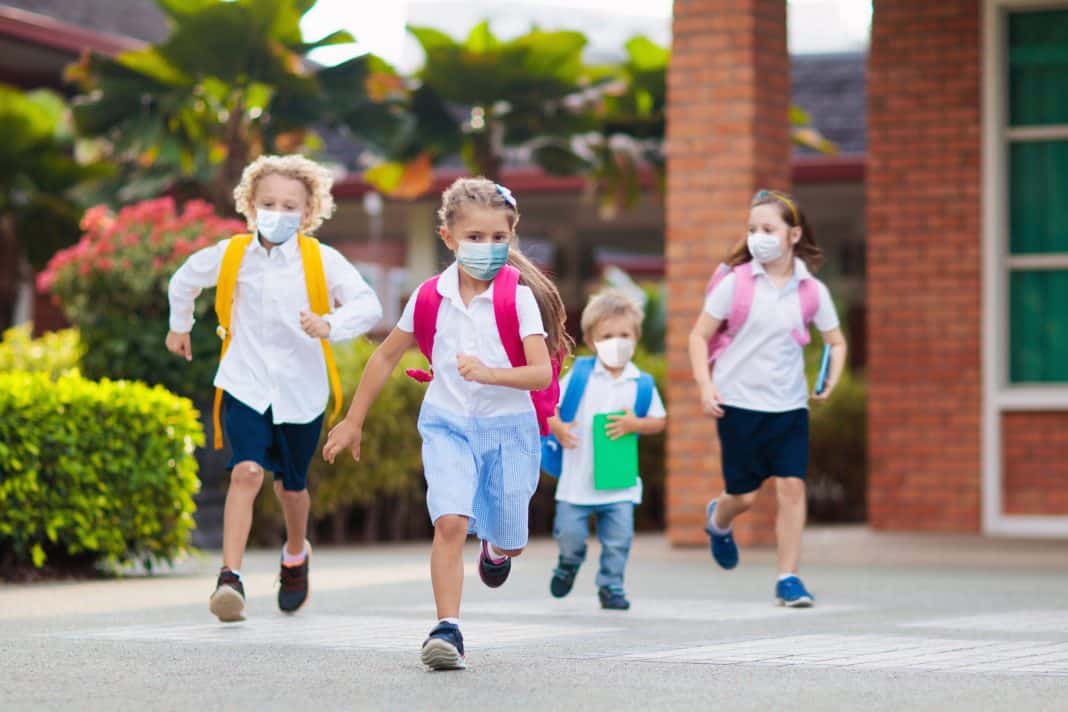New research from the Murdoch Children’s Research Institute (MCRI) and the Victorian Department of Health and published in the International Journal of Epidemiology, has highlighted the role of non-drug interventions such as good hygiene and physical distancing in reducing the spread of infectious diseases.
In particular, the research shines light on the fact that the public health measures to limit the spread of Covid-19 resulted in a substantial decrease in children being hospitalised for infections in 2020.
The researchers point out that with the lifting the strict restrictions, which occurred earlier this year resulted in what they describe as an unseasonal risk in respiratory conditions in among children, leading the researchers to suggest that simply public health measures, that were effective against Covid-19, were likely to be effective against all types of infections moving forward.
“Enhanced hand hygiene, physical distancing, school and business closures, and restrictions to travel and social gathering collectively resulted in a drastic decline in infection-associated hospitalisations in children,” says Victorian Department of Health researcher Isobel Todd.
“Supporting parents of children with symptomatic infection to keep them home from school or childcare when ill, increasing immunisation rates for seasonal influenza and reducing air pollution could also considerably reduce the burden.”
Study co-senior author Doherty Institute Senior Epidemiologist Associate Professor Sheena Sullivan adds that “evidence that has emerged since this study was done indicated that some viruses have since rebounded with the lifting of restrictions”.
“Of note, respiratory syncitail virus circulation rebounded during the summer. It is unclear what this might mean for other common respiratory viruses, such as influenza,” says Associate Professor Sullivan.
For more information and to read the research, visit: academic.oup.com/ije/advance-article/doi/10.1093/ije/dyab101/6289851







